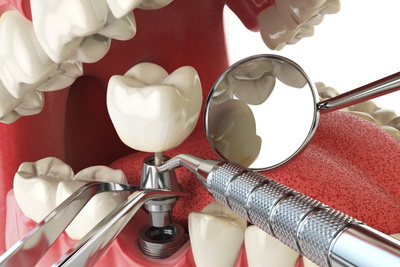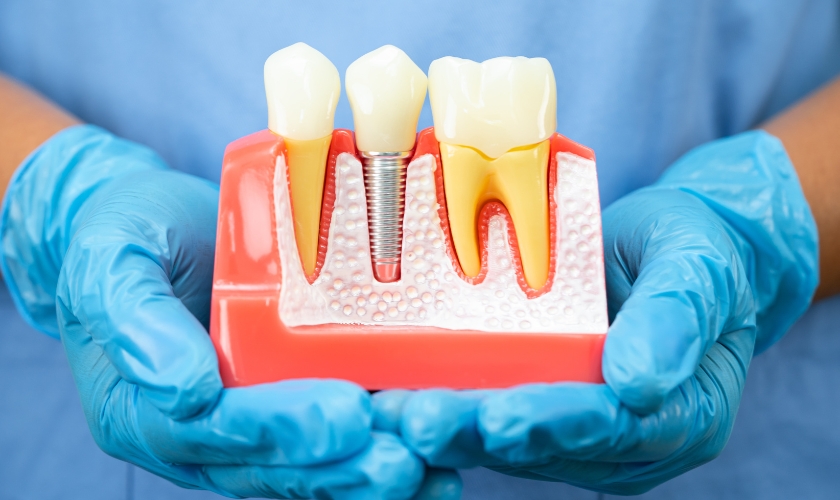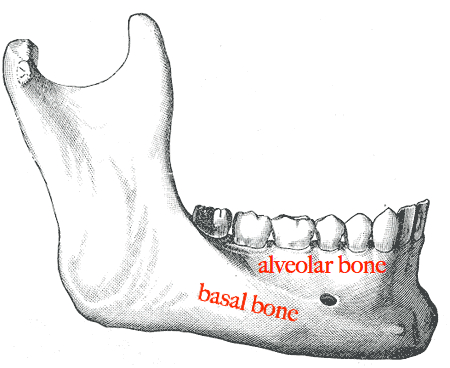
Missing teeth are capable of imposing a severe impact on daily life. They can create several problems, from how you speak to how you eat. Here comes the role of dental implants. However, patients may have to get bone grafting surgery for successful implant placement prior to the implant procedure.
This blog will discuss the purpose of bone grafting for dental implants.
The Need for Bone Grafting Before Dental Implants
Professional oral surgeons routinely perform bone grafts. It is a surgical procedure used to replace and regenerate jaw bone volume. Moreover, this procedure provides strength and support and makes you a good candidate for dental implants Saginaw. This helps dental implants to be placed successfully.
There are various reasons, such as gum disease, tooth extraction, or trauma, that can lead to the loss of jaw bone. Professionals often use bone grafting to limit the amount of hard and soft tissue loss that can take place after a tooth extraction.
When the bone surrounding the missing tooth is weakened, it indicates the need for a bone graft. You need to strengthen this weakened area to offer the support required for dental implants to retain teeth and surrounding tissues. Dental professionals will be unable to proceed with the implant surgery without sufficient bone, or it may result in dental implant failure.
The bone graft treatment consists of adding bone to the area where bone loss has occurred. Dentists Saginaw typically perform it by taking bone from another part of the patient’s body, which is known as autograft. They might take it from a human tissue bank, which is called allograft. Simultaneously, they can consider taking it from an animal tissue bank; this method is known as xenograft.
The natural healing process of the body begins after the completion of the bone graft procedure. Then, the grafted bone integrates with the existing bone. This helps create a robust foundation for future dental work, like implant surgery.
The Role of Bone Grafts in Implant Surgery
Bone grafts have a vital role when it comes to implant surgery. They offer extra support and a solid foundation for dental implants to integrate with the jawbone. This procedure escalates the success rate of implant surgery by promoting osseointegration, the fusion of the implant with the surrounding bone.
There may not be enough bone to support the implant with a bone graft. That is why this has become a crucial procedure in dentistry. Professionals use an equine bone as a scaffold in this treatment to support the additional growth of bone in the sinus. This treatment provides the benefits of slower dissolution and microscopic similarity to human bone.
Bone grafting for implants offers long-term advantages for dental health. It significantly improves overall mouth health. Moreover, it maintains the natural structure and shape of the jawbone. It prevents adjacent tooth deterioration as well. Bone grafting also restores proper chewing function for improved digestion and nutrition. Besides these, it supports healthy gum tissue around the implant.
If you need bone grafting for implant surgery or you want dental implants, talk to our professionals. Call us now to book your schedule.




